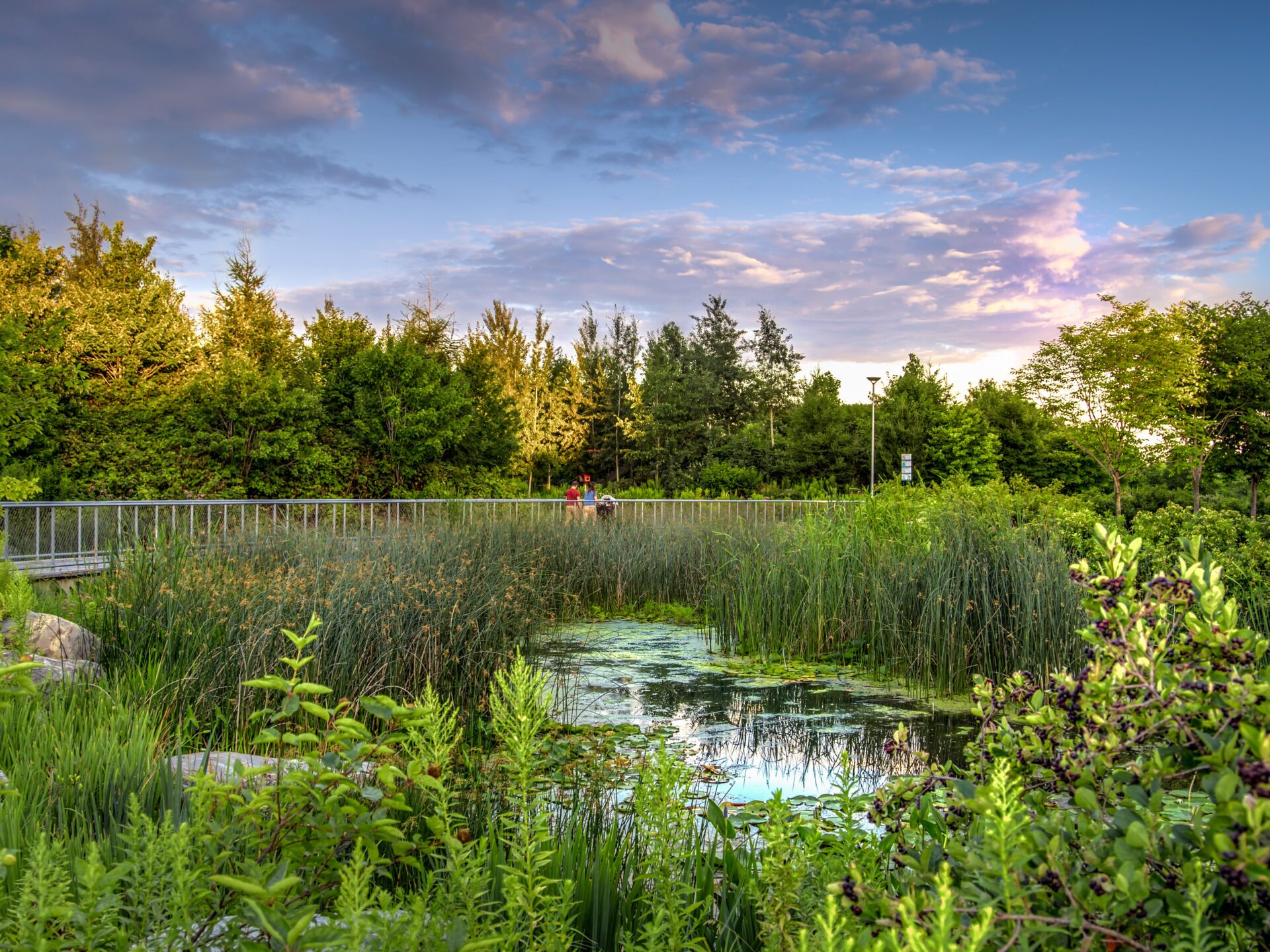
Great Ecology Welcomes Ellia!
February 13, 2024
Great Ecology Welcomes Abbi!
March 7, 2024
Great Ecology Welcomes Ellia!
February 13, 2024
Great Ecology Welcomes Abbi!
March 7, 2024Blog & News
February 15, 2024
Fantastic Native Flora in San Diego to Support Pollinator Populations
Author: Zoë Bross
If you find yourself in San Diego, you might stroll the streets appreciating the plants that populate its Mediterranean climate. You may even notice the insects buzzing around the flowers; bees and other pollinators collecting pollen and moving along to their next location. Pollination involves transferring pollen from an anther of one flower to the stigma of another, and is essential for plant reproduction. Pollinators are the insects and animals that take this role; they are a keystone species, meaning that they are essential to the healthy functioning of our ecosystems.
Unfortunately, pollinator populations are on the decline. Habitat loss is a major contributor, especially when considered alongside pesticide use, disease, and threat from non-native species—among other reasons. Since native pollinators are adapted to native plants, it is essential that humans support these pollinators by planting native plants. Great Ecology has worked on numerous projects that support pollinator habitat, seen in Florham Park, First Creek, and Corktown Commons.

Corktown Commons

Pollinator Garden at Florham Park.
